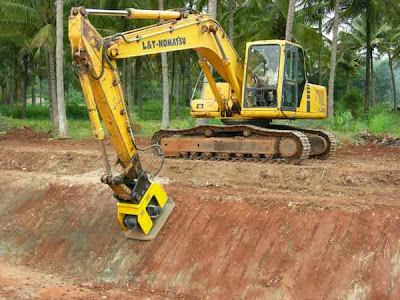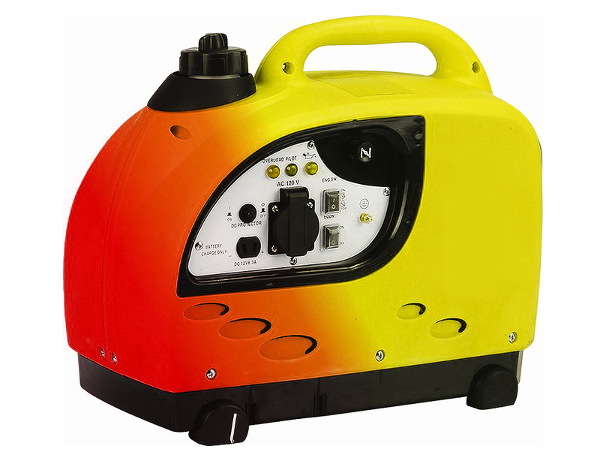The
road roller is a machine that
is generally used in the construction of roads and highways. Usually
the road roller comes
with a roller body and a metal drum. Depending on the model there can
be more than one metal drum. Some models come equipped with several
wheel instead of drums. These models offer higher maneuverability and
can be easily transported from one location to another. One person
drives and operates the roller, and in some models the person pushes
the roller in order to create flat and smooth surface. Generally
speaking the road roller
operates when the weight of the metal drum causes the soil to compact
and to compress. The actual weight of the drum varies depending on
the model. For example, the drum of the manually operated road roller
usually has weight of 45kg, and this roller is not used in the
construction of big roads or highways but for other small projects
like for paving walkways. On the other hand the industrial rollers
which are used in the construction of highways and regional roads can
have total weight of 25 tons or even more. The actual weight of the
road roller comes from the
metal drum that is attached to the roller. In some models the total
weight of the drum can be increased by adding liquid materials like
water.
In
some construction projects several different road roller
models can be used. For example, at the beginning of the construction
process a roller that has wheels instead of drums can be used, and
once the ground area becomes smooth and level much bigger and
powerful road roller
with one or more metal drums can be used to make the ground as
compact as possible.
Many
different types and models of road rollers are
available on the market today with capability to complete different
kinds of compaction jobs and each model offers something different.
Some road rollers use
a water based lubricants for preventing different kinds of materials
like asphalt or dirt to stick to the metal drums. Other rollers have
vibration mechanisms for higher compaction. The road rollers
generally are classified into two categories : static and
vibratory rollers. The
static road rollers operate by
using only the force of the gravity for compaction. They usually have
larger weight when compared with the vibratory rollers.
The vibratory rollers
on the other hand operate by using the force of the gravity and also
the force of the vibrations provided by one or more vibrating
mechanisms. The most commonly used road rollers at the construction
sites are : the manual walk behind roller,
powered walk behind roller,
trench roller, padfoot roller,
the single drum roller,
double drum or twin drum roller,
single wheeled roller, multi wheel roller or multi tyred
roller and many other.

























